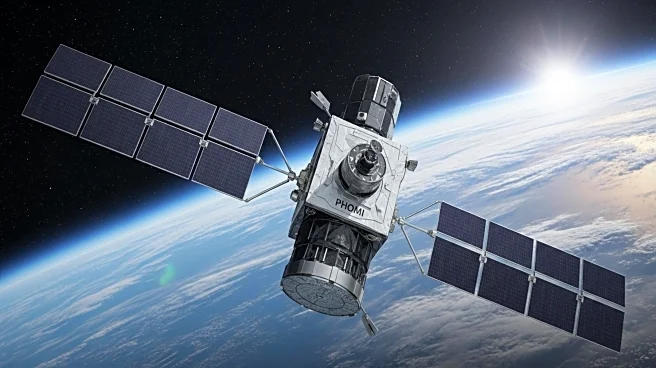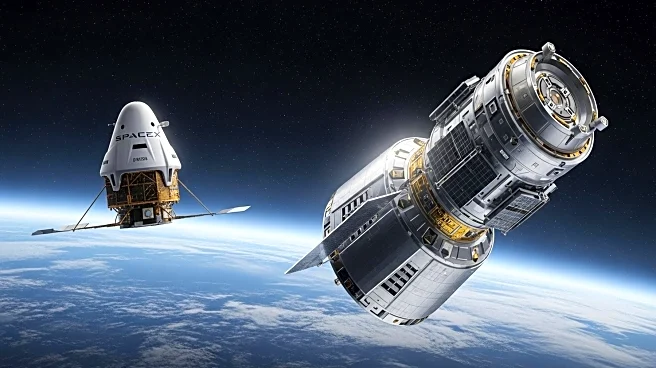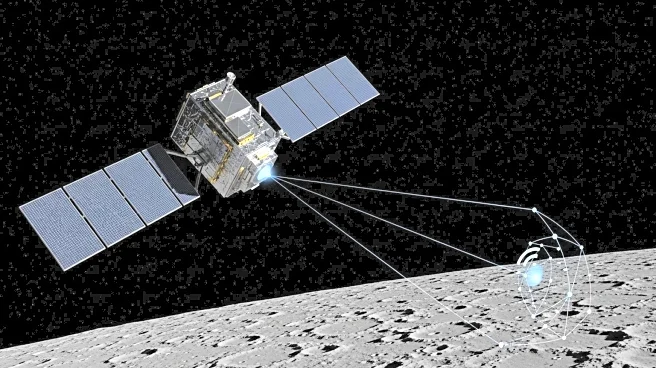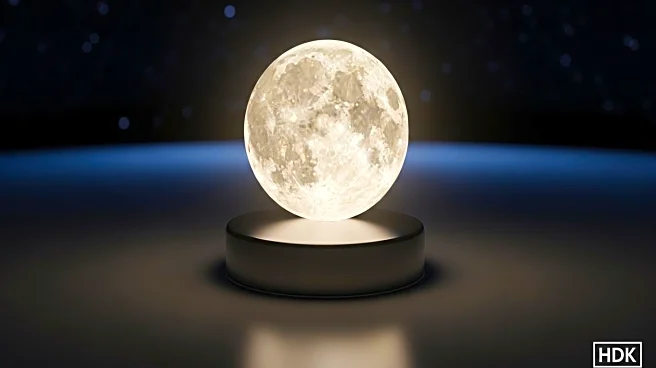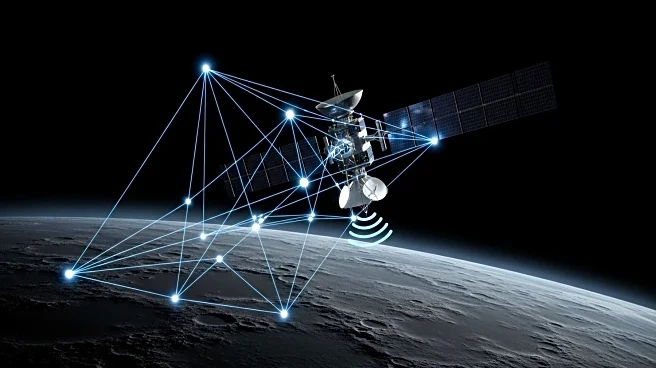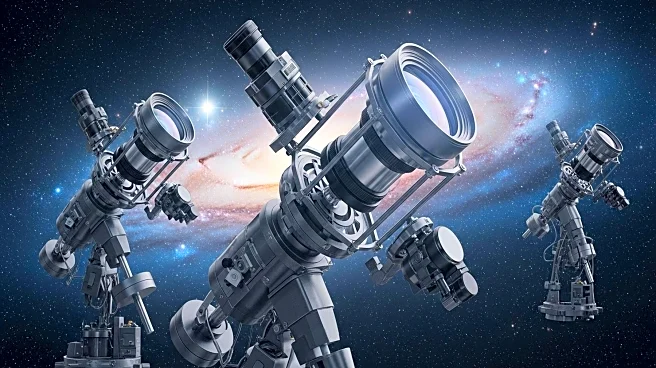What's Happening?
A NASA-sponsored team at the University of Iowa is advancing the development of high-fidelity fluxgate magnetometers for space science and space weather missions. These instruments, crucial for measuring magnetic fields, are being enhanced with new ferromagnetic cores that do not rely on outdated manufacturing processes. The team has successfully created a new core for the Space Weather Iowa Magnetometer (SWIM), which is set to be used in upcoming missions. This development is part of a broader effort to improve the performance and reliability of space weather instruments.
Why It's Important?
The advancement of fluxgate magnetometers is vital for understanding space weather phenomena that can impact Earth's communication and power grids. By improving these instruments, NASA aims to enhance the accuracy and reliability of space weather predictions, which is crucial for protecting both terrestrial and space-based assets. The ability to mass-produce these cores with consistent quality could lead to more widespread deployment of advanced magnetometers, benefiting scientific research and operational missions.
What's Next?
The SWIM sensor is scheduled for its first flight on the University of Oslo's ICI-5bis sounding rocket mission in winter 2025/2026. The success of this mission could pave the way for further applications of the SWIM design in various space environments. NASA and its partners will continue to explore new sensor geometries and manufacturing techniques to enhance the capabilities of space weather instruments.

